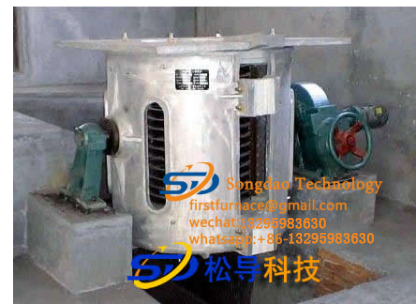- 14
- Jan
Defectos en el tratamiento térmico de equipos de calentamiento por inducción
Defectos en el tratamiento térmico de equipos de calentamiento por inducción
Algunos defectos comunes y contramedidas a tomar en el tratamiento térmico del uso de frecuencia intermedia equipo de calentamiento por inducción,
1) Dureza insuficiente
causar:
1. La potencia de la superficie de la unidad es baja, el tiempo de calentamiento es corto y el espacio entre la superficie de calentamiento y el inductor es demasiado grande, lo que reduce la temperatura de calentamiento por inducción y hay más ferrita sin disolver en la estructura templada.
2. The time interval from the end of heating to the beginning of cooling is too long, the spraying time is short, the spraying liquid supply is insufficient or the spraying pressure is low, the quenching medium cooling speed is slow, so that non-martensitic structures such as troostite appear in the structure.
Las contramedidas tomadas son:
1. Increase the specific power, extend the heating time, and reduce the distance between the inductor and the surface of the workpiece
2. Aumente el suministro de líquido de pulverización, reduzca el tiempo desde el final del calentamiento hasta el comienzo del enfriamiento y aumente la velocidad de enfriamiento.
Punto débil
Cause: The spray hole is blocked or the spray hole is too thin, which reduces the cooling rate of the local area of the surface.
Countermeasure: Check the spray hole
Cinturón suave
Cause: When the shaft workpiece is continuously heated and quenched, a black and white spiral band appears on the surface or a linear black band appears in a certain area along the movement direction of the workpiece. There are non-martensitic structures such as undissolved ferrite and troostite in the black area.
Causas
1. Small spray angle, backwater in heating zone
2. The rotation speed of the workpiece is inconsistent with the moving speed, and the relative movement distance of the sensor is relatively large when the workpiece rotates once.
3. El ángulo del orificio de rociado es inconsistente y la pieza de trabajo gira excéntricamente en el sensor
Contramedida
1. Aumente el ángulo de pulverización
2. Coordine la velocidad de rotación de la pieza de trabajo y la velocidad de movimiento del sensor
3. Asegúrese de que la pieza de trabajo gire concéntricamente en el horno de inducción del horno de diatermia de frecuencia intermedia

